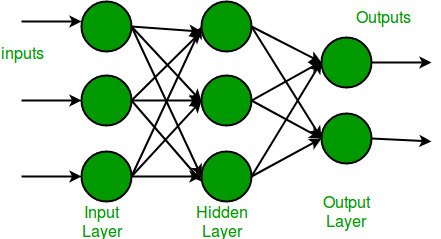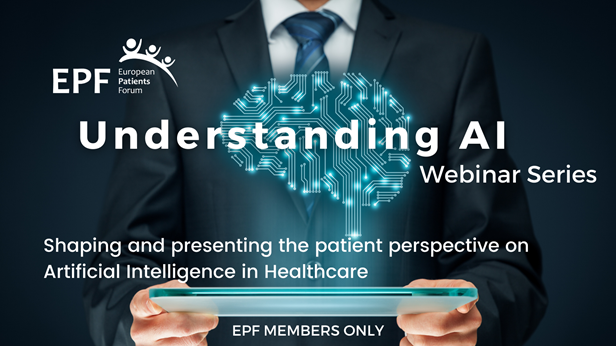
Ray Kurzweil is an inventor and scientist. His research includes text-to-speech, optical character recognition and electronic keyboard instrument. Kurzweil is also a researcher in biomedical and robotics engineering. Kurzweil's futuristic predictions have made him a household name over the past decade. He predicts that artificial intelligence will be a reality soon. The Singularity is Near, and this technology will transform the world we live in.
The Singularity is Near
Ray Kurzweil's book is ambitious and very difficult to read. It describes the rapid technological developments of the future and the effects they will have on our daily lives. The book is divided into two main sections: chapters one through four are dedicated to developing Kurzweil's theory of the Singularity and explaining what it is. The second section examines how these developments affect our lives and how they will help us survive.

Ray Kurzweil's life story
Ray Kurzweil's personal story is filled with interesting twists. Born in New York City to Jewish parents, Kurzweil attended Queens Public School. His parents fled Austria during World War II to settle in New York. Ray was exposed to a variety of religious beliefs and practices, including Unitarian and Protestant religions. He grew up attending a Unitarian church, which held the philosophy that there are many paths to truth.
His inventions
Ray Kurzweil was the inventor of many technological innovations. These include reading machines for blind people, Stevie Wonder's music synthesizer and speech recognition technology. Kurzweil's accomplishments have garnered him a lot of recognition, including the MIT Dickson Prize for Outstanding Book in Computer Science in 1994 and the Massachusetts Institute of Technology's Inventor of the Year award in 1988. He also has nine honorary degrees. Kurzweil lives in a suburb near Boston.
His predictions
Ray Kurzweil's predictions may be surprising, but they are often spot-on. Kurzweil predicted that the world would be flat in 2099. He was correct. He also predicted that within two decades, the Soviet Union would be destroyed. This prediction was made before computers and cell phones existed. Some of his predictions proved to be far-fetched and were not highlighted. However, he predicted that the world would continue its growth and prosperity for many decades.

His books
For anyone interested in the future of technology, a reading list that includes Ray Kurzweil's books will be beneficial. Kurzweil was raised in Queens and attended the NYC Public Education Kingsbury elementary school PS188. Kurzweil was born in Queens, New York to secular Jewish parents who immigrated to the United States from Austria during World War II. He was exposed to many religious beliefs and practices throughout his childhood. As a result, he was also exposed to the various practices of other religious traditions, including a Unitarian church that held to the philosophy that there are many paths to truth.
FAQ
What are some examples AI applications?
AI is being used in many different areas, such as finance, healthcare management, manufacturing and transportation. Here are just some examples:
-
Finance - AI already helps banks detect fraud. AI can scan millions upon millions of transactions per day to flag suspicious activity.
-
Healthcare - AI can be used to spot cancerous cells and diagnose diseases.
-
Manufacturing - AI can be used in factories to increase efficiency and lower costs.
-
Transportation – Self-driving cars were successfully tested in California. They are being tested in various parts of the world.
-
Utilities can use AI to monitor electricity usage patterns.
-
Education - AI has been used for educational purposes. Students can use their smartphones to interact with robots.
-
Government - Artificial Intelligence is used by governments to track criminals and terrorists as well as missing persons.
-
Law Enforcement - AI is used in police investigations. The databases can contain thousands of hours' worth of CCTV footage that detectives can search.
-
Defense - AI can be used offensively or defensively. Artificial intelligence systems can be used to hack enemy computers. Protect military bases from cyber attacks with AI.
How does AI work
An artificial neural networks is made up many simple processors called neuron. Each neuron processes inputs from others neurons using mathematical operations.
Neurons are organized in layers. Each layer has its own function. The raw data is received by the first layer. This includes sounds, images, and other information. These are then passed on to the next layer which further processes them. The final layer then produces an output.
Each neuron is assigned a weighting value. This value is multiplied each time new input arrives to add it to the weighted total of all previous values. If the number is greater than zero then the neuron activates. It sends a signal up the line, telling the next Neuron what to do.
This process repeats until the end of the network, where the final results are produced.
How does AI function?
It is important to have a basic understanding of computing principles before you can understand how AI works.
Computers store data in memory. Computers work with code programs to process the information. The code tells the computer what to do next.
An algorithm is a sequence of instructions that instructs the computer to do a particular task. These algorithms are often written in code.
An algorithm can be considered a recipe. A recipe might contain ingredients and steps. Each step is a different instruction. A step might be "add water to a pot" or "heat the pan until boiling."
Statistics
- The company's AI team trained an image recognition model to 85 percent accuracy using billions of public Instagram photos tagged with hashtags. (builtin.com)
- According to the company's website, more than 800 financial firms use AlphaSense, including some Fortune 500 corporations. (builtin.com)
- In 2019, AI adoption among large companies increased by 47% compared to 2018, according to the latest Artificial IntelligenceIndex report. (marsner.com)
- That's as many of us that have been in that AI space would say, it's about 70 or 80 percent of the work. (finra.org)
- In the first half of 2017, the company discovered and banned 300,000 terrorist-linked accounts, 95 percent of which were found by non-human, artificially intelligent machines. (builtin.com)
External Links
How To
How to create an AI program that is simple
It is necessary to learn how to code to create simple AI programs. Many programming languages are available, but we recommend Python because it's easy to understand, and there are many free online resources like YouTube videos and courses.
Here's a brief tutorial on how you can set up a simple project called "Hello World".
First, open a new document. For Windows, press Ctrl+N; for Macs, Command+N.
Then type hello world into the box. Enter to save your file.
To run the program, press F5
The program should display Hello World!
This is just the beginning, though. These tutorials can help you make more advanced programs.